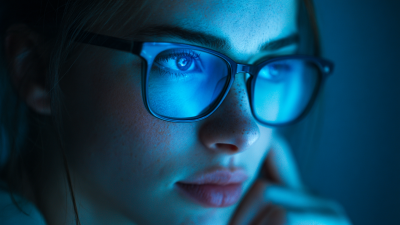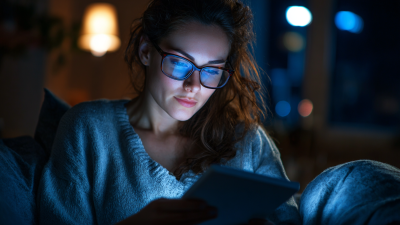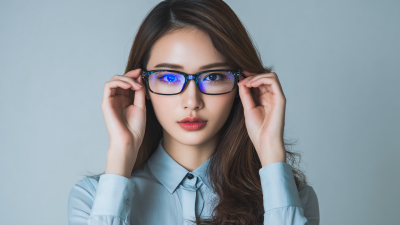 In an increasingly digital world, the surge in screen time has raised significant concerns regarding eye health, leading to a growing interest in Blue Light Reading Glasses. According to a report by the Vision Council, approximately 70% of American adults experience some form of digital eye strain, a condition exacerbated by prolonged exposure to screens emitting blue light. Research indicates that this high-energy visible light can disrupt sleep patterns and contribute to eye fatigue and discomfort.
In an increasingly digital world, the surge in screen time has raised significant concerns regarding eye health, leading to a growing interest in Blue Light Reading Glasses. According to a report by the Vision Council, approximately 70% of American adults experience some form of digital eye strain, a condition exacerbated by prolonged exposure to screens emitting blue light. Research indicates that this high-energy visible light can disrupt sleep patterns and contribute to eye fatigue and discomfort.
Blue Light Reading Glasses have emerged as a popular solution, designed to filter out a portion of blue light wavelengths, thereby enhancing visual comfort. A study from the American Optometric Association emphasizes that these glasses can help mitigate the effects of screen time, making them a valuable tool for anyone who spends hours in front of computers, tablets, or smartphones. As awareness of eye health continues to grow, the role of Blue Light Reading Glasses in promoting visual well-being becomes increasingly crucial.
In today’s digital age, the importance of blue light and its impact on eye health has become a pressing topic. Blue light, emitted by screens and artificial lighting, has been associated with digital eye strain, which can lead to discomfort and potential long-term effects on vision. As this awareness grows, many people have turned to blue light blocking glasses, believing they will alleviate these issues.
However, the skepticism surrounding these products remains strong. Critics argue that the scientific evidence supporting the effectiveness of blue light glasses is limited, often suggesting that they serve more as a marketing gimmick than a genuine solution. Amidst these debates, consumers like Lao Li, who proudly flaunts his new pair of glasses, illustrate the divide in public opinion.
While some embrace these high-tech solutions as protective gear for their eyes, many remain unconvinced, viewing them as an unnecessary expense rather than an essential tool for eye health in an increasingly digital world.
Blue light reading glasses have gained popularity as a practical solution for reducing eye strain caused by prolonged exposure to screens. Research from the Vision Council indicates that 70% of adults use digital devices for more than two hours a day, which can lead to digital eye strain characterized by discomfort, dryness, and headaches. Blue light filtering technology in these glasses works by blocking a portion of the blue light emitted from screens, thereby enhancing overall eye comfort during extended reading sessions.
The key features of blue light reading glasses include anti-reflective coatings and specific yellow-tinted lenses that help filter harmful wavelengths. According to a study published in the Journal of Optometry, wearing blue light glasses can reduce symptoms of digital eye strain by up to 30%. This reduction not only improves eye comfort but also enhances sleep quality, as exposure to blue light—especially in the evening—can interfere with melatonin production and alter sleep patterns. As awareness grows about the potential risks associated with blue light, more individuals are recognizing the benefits of incorporating these specialized glasses into their daily routines.
Blue light glasses have gained popularity as a solution for enhancing visual comfort, especially in our increasingly digital world. These specialized glasses work by filtering out a portion of the blue light emitted from screens such as smartphones, computers, and televisions. Blue light, while naturally occurring, can contribute to digital eye strain, leading to discomfort, fatigue, and even disruptions in sleep patterns. By reducing exposure to these disruptive wavelengths, blue light glasses aim to alleviate some of these symptoms.
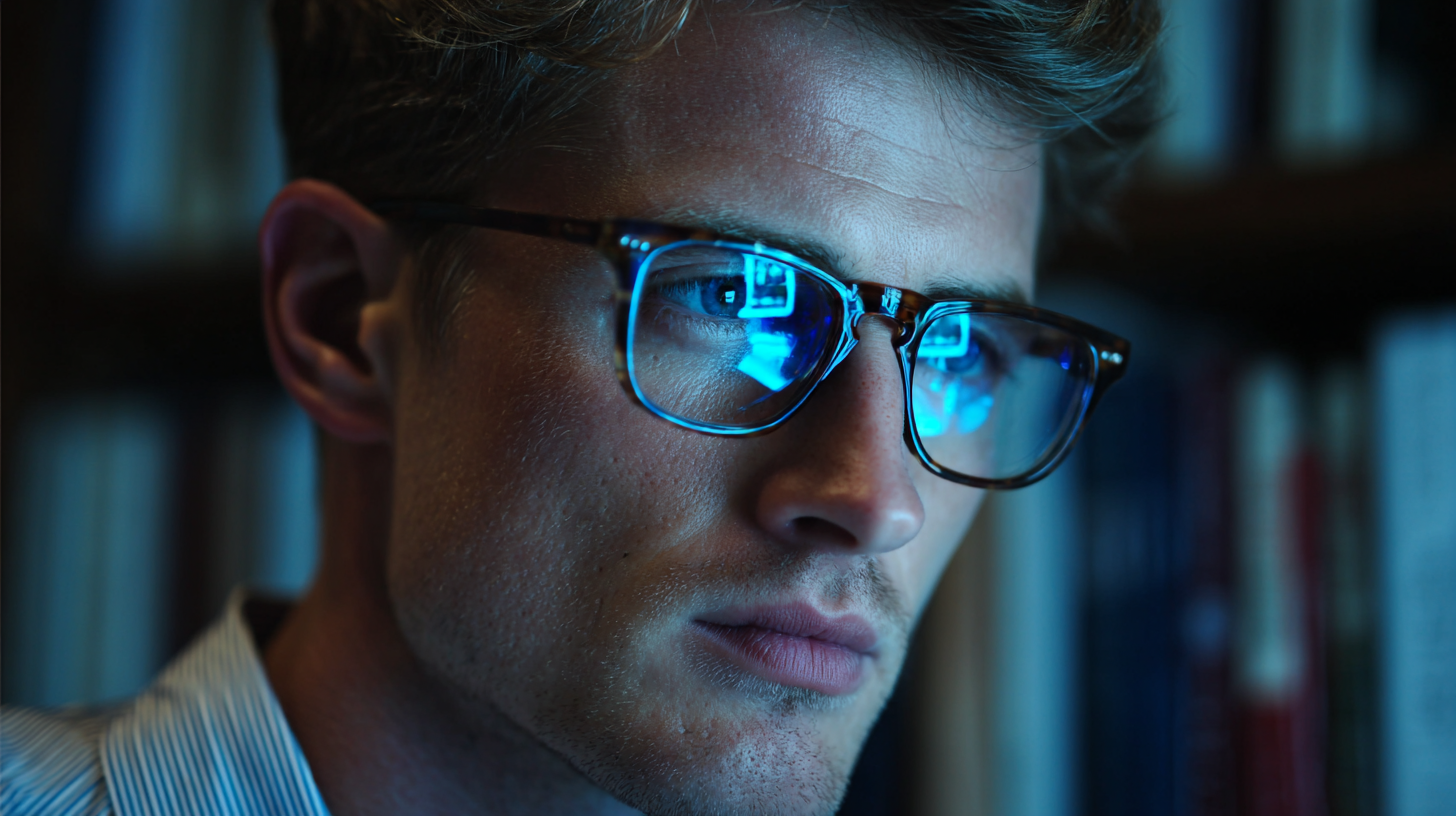
Recent research has shown that prolonged exposure to blue light emitted from screens can lead to digital eye strain, resulting in discomfort, blurred vision, and headaches. Multiple studies have investigated the efficacy of blue light filters, revealing mixed yet promising results. For instance, a study published in the journal "Ophthalmic & Physiological Optics" found that individuals who wore blue light blocking glasses reported significantly lower levels of eye fatigue and discomfort during extended screen time compared to those who did not. These findings suggest that blue light filters can indeed enhance visual comfort in our digital era.
Furthermore, a meta-analysis of various clinical trials indicated that while blue light may not be the sole contributor to eye strain, it certainly exacerbates existing symptoms. Some researchers posit that the use of blue light glasses could act as a preventative measure, especially for individuals frequently engaged in activities such as gaming, office work, or online learning. Overall, these studies highlight the importance of understanding how blue light filters can play a role in improving eye care and comfort in today's screen-dominated world.
When considering blue light glasses, it’s essential to choose a pair that aligns with your lifestyle and specific needs. With the rise of remote work and increased screen time, selecting the right glasses can significantly reduce eye strain and improve overall comfort. Look for features such as adjustable lenses and lightweight frames, which are particularly beneficial for long hours of use.
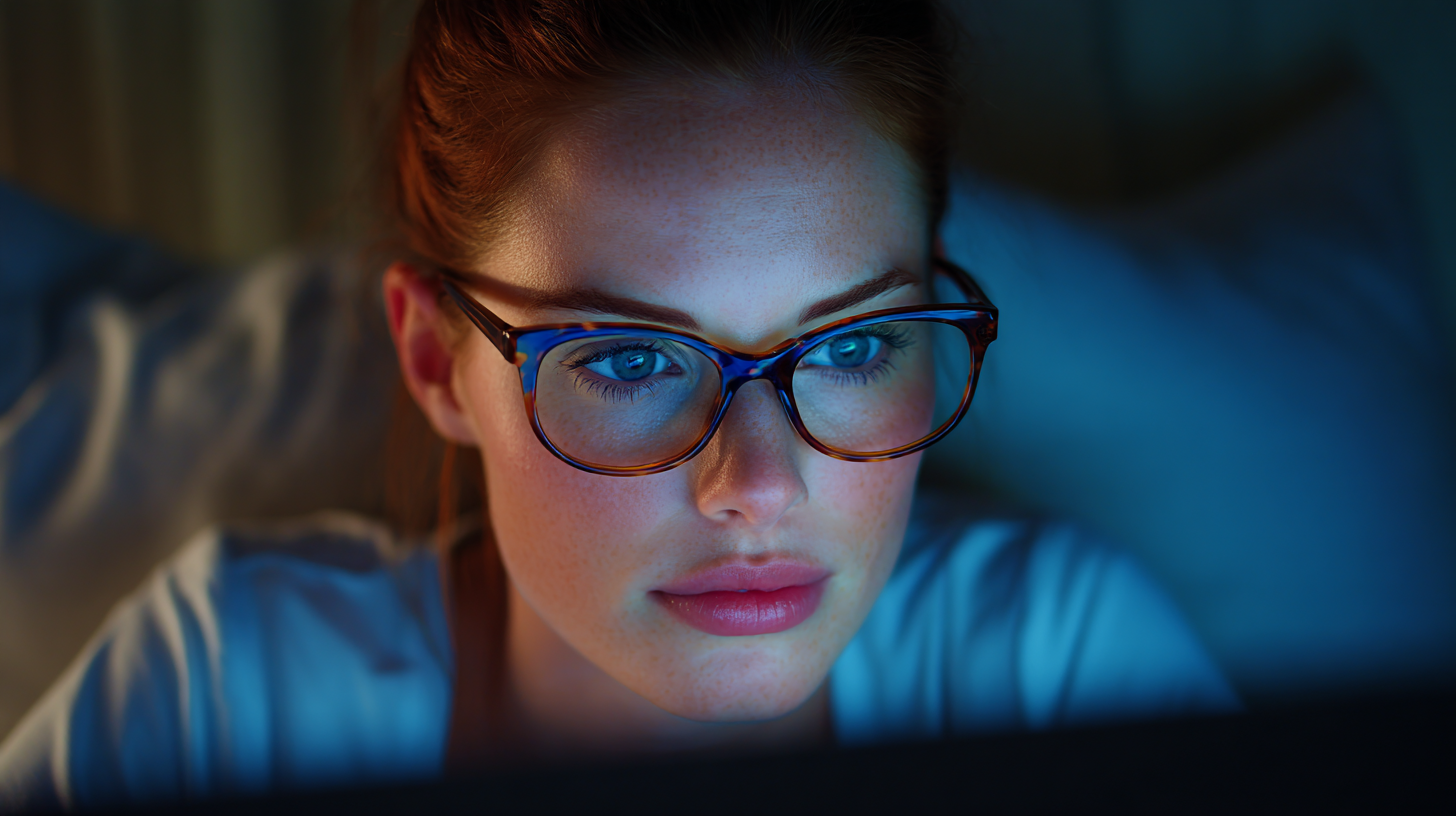
Moreover, understanding the different types of blue light-blocking eyewear available in the market is crucial. Options range from daytime glasses designed for everyday screen use to specialized night-time glasses intended to help mitigate sleep disturbances caused by blue light exposure. By assessing your daily activities and how much time you spend in front of screens, you can better select the appropriate pair that enhances not just comfort but also your productivity and well-being.
